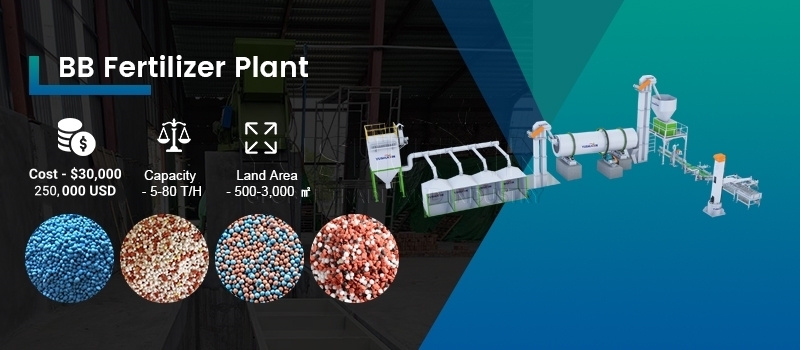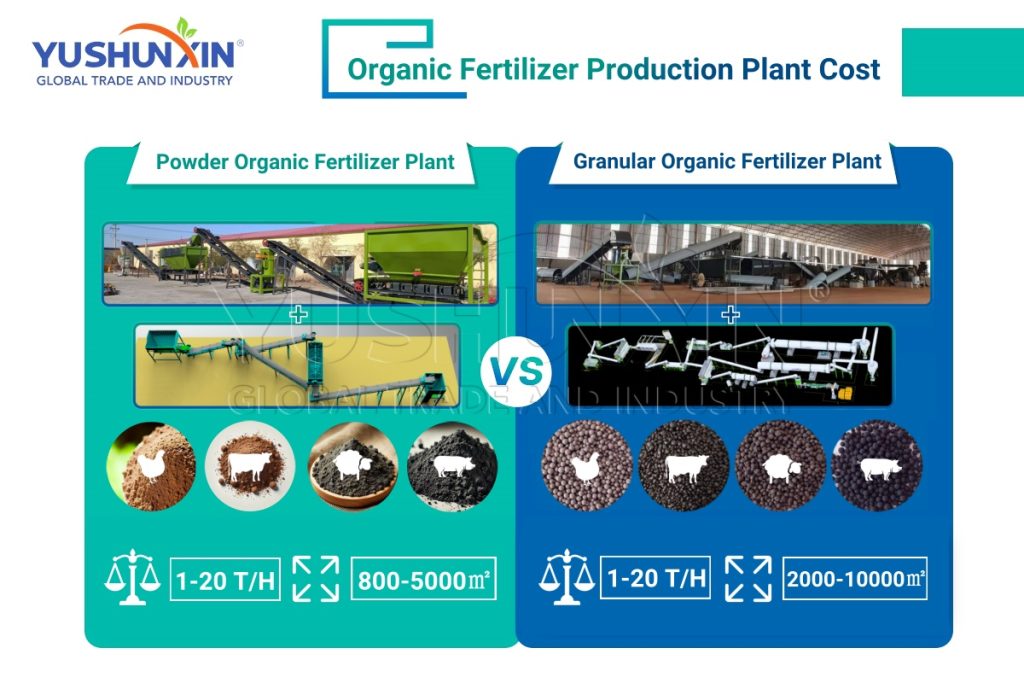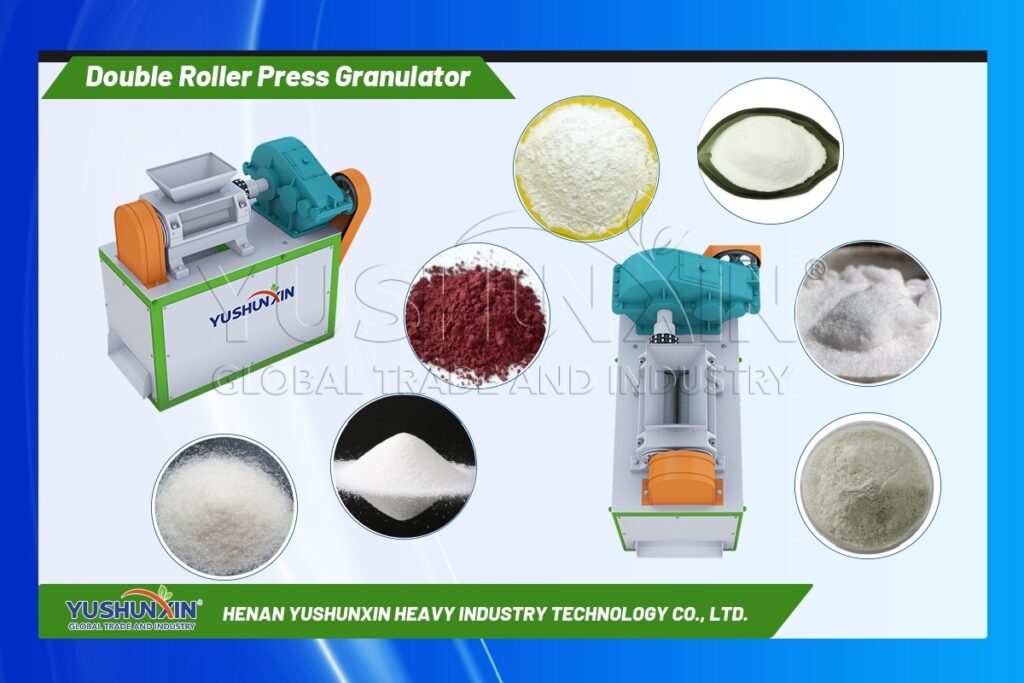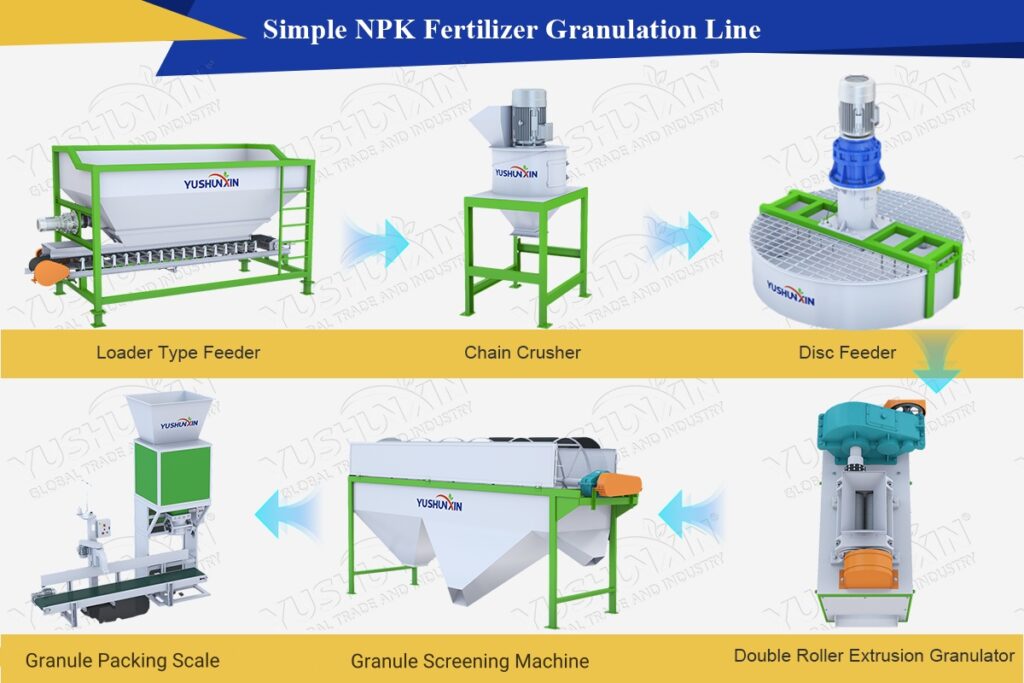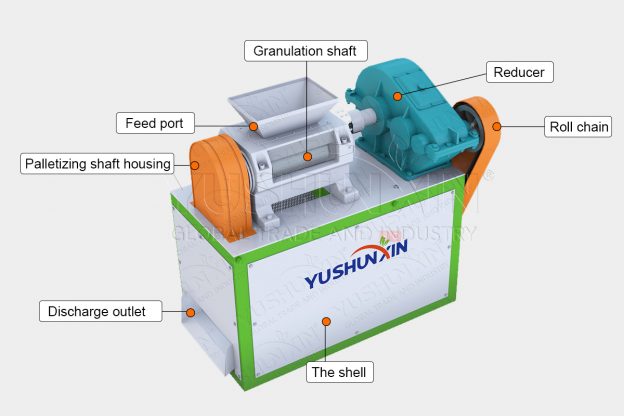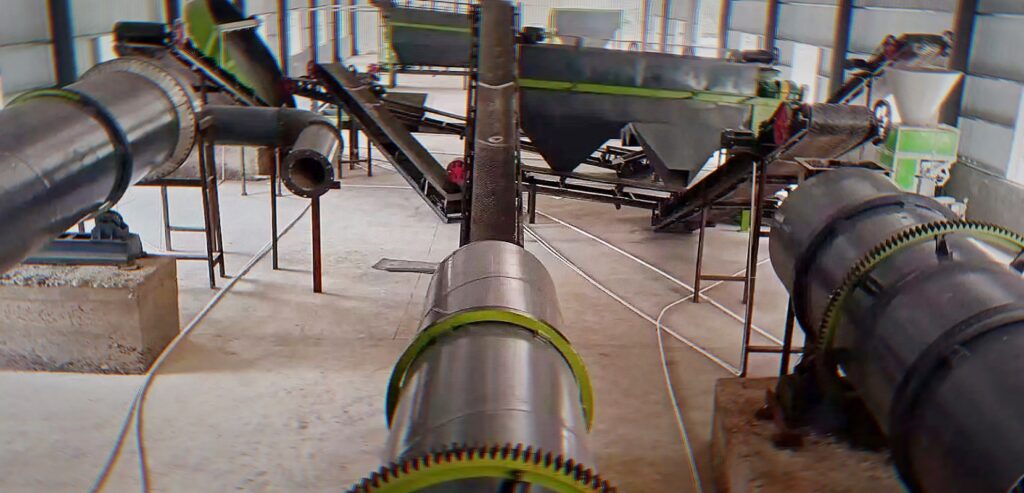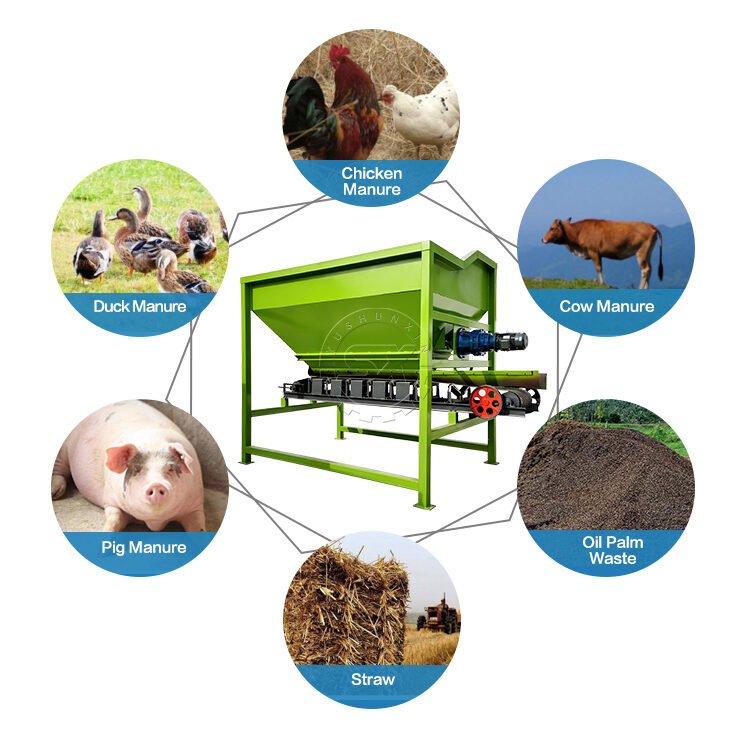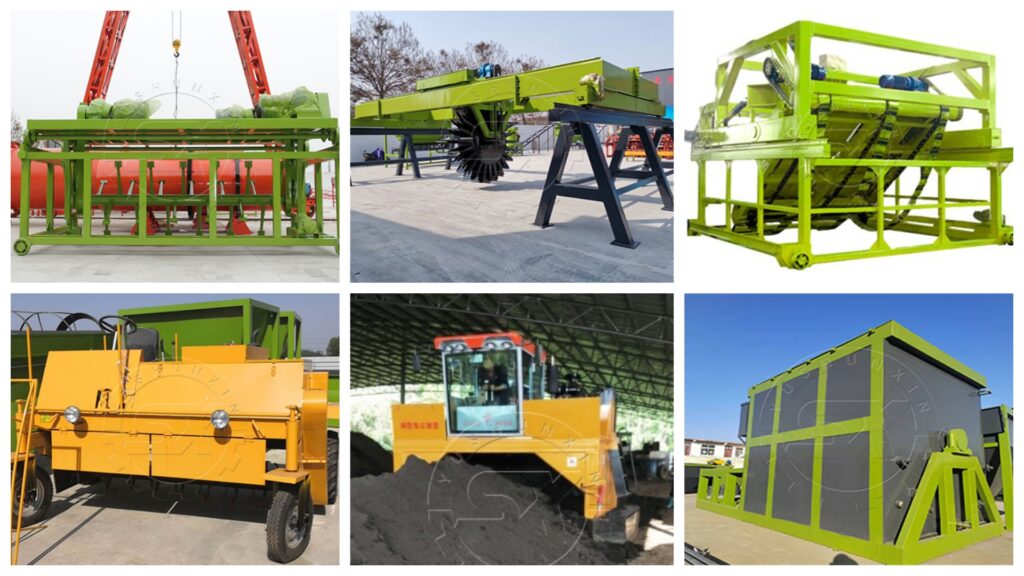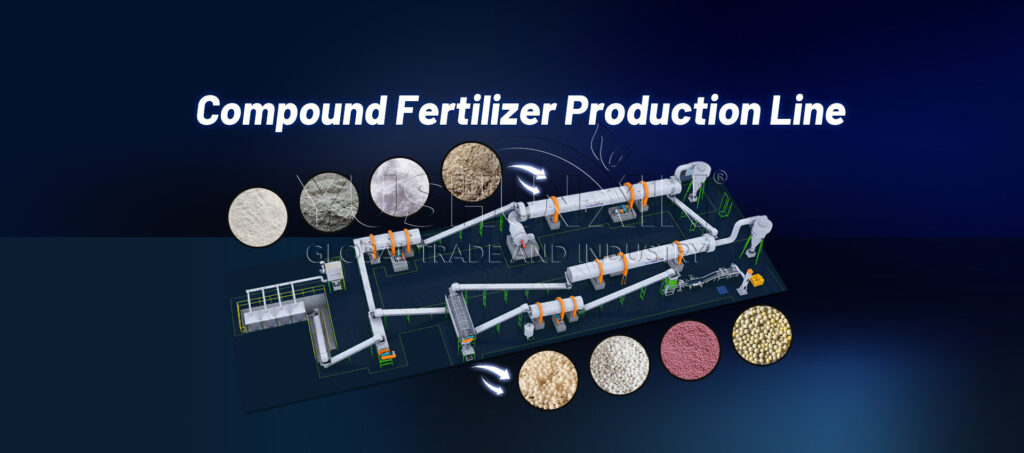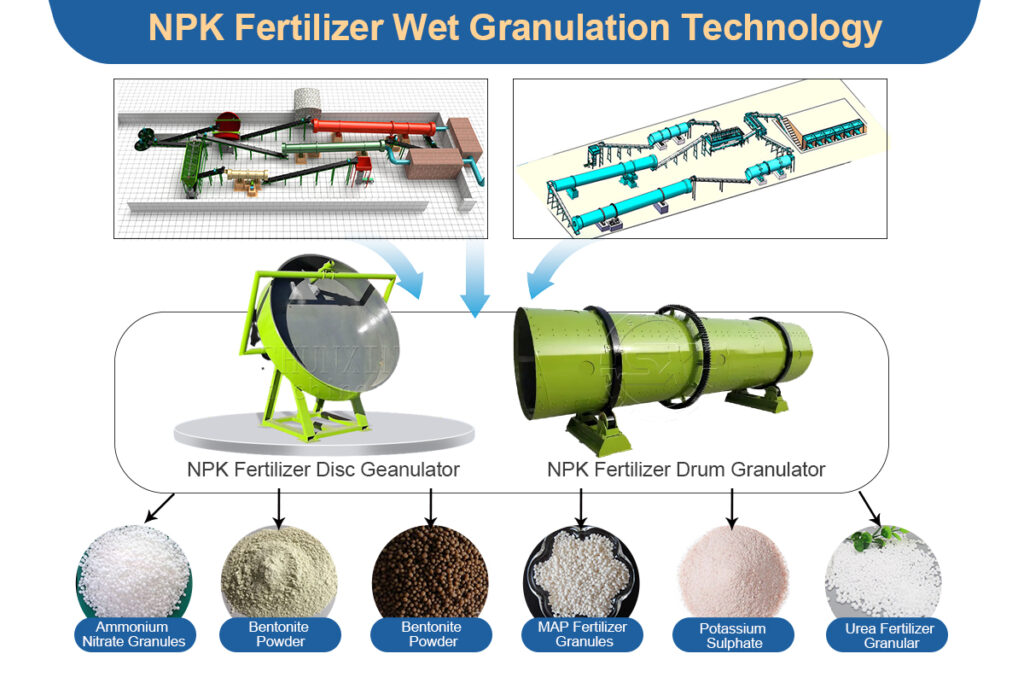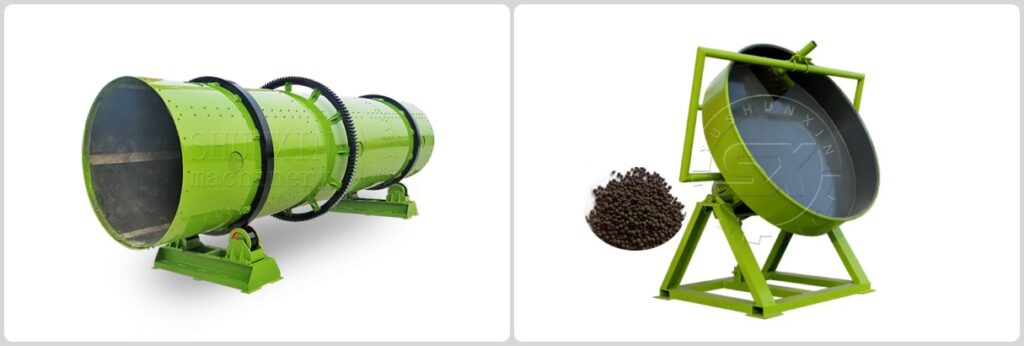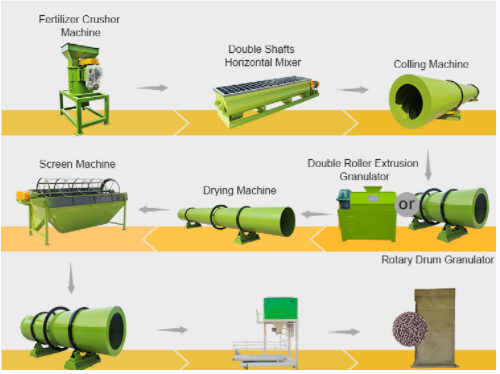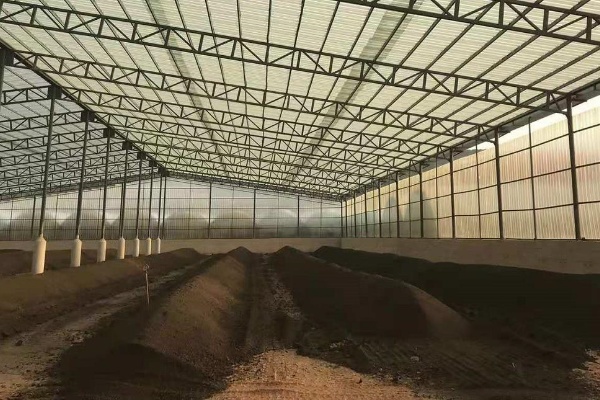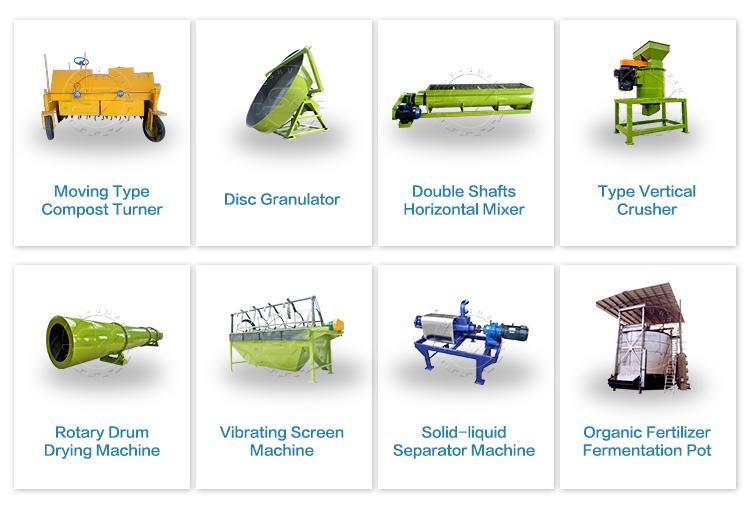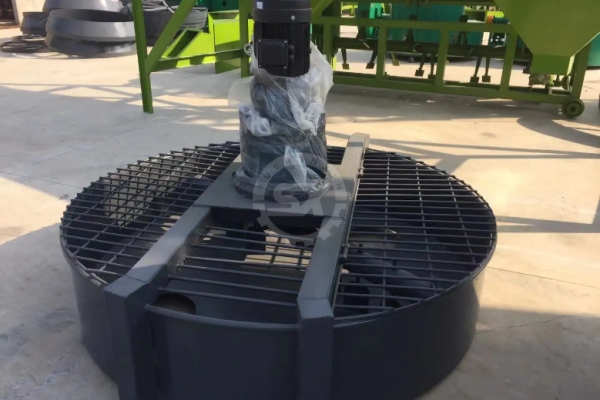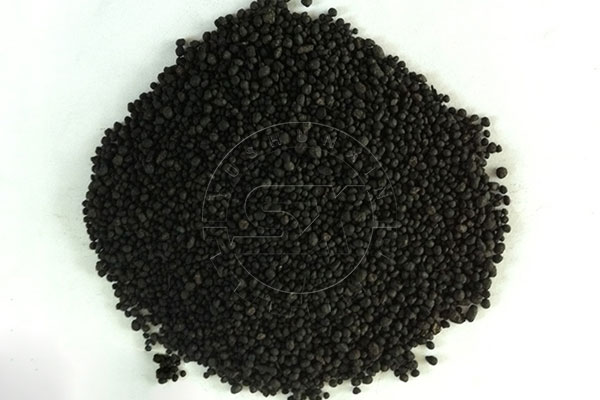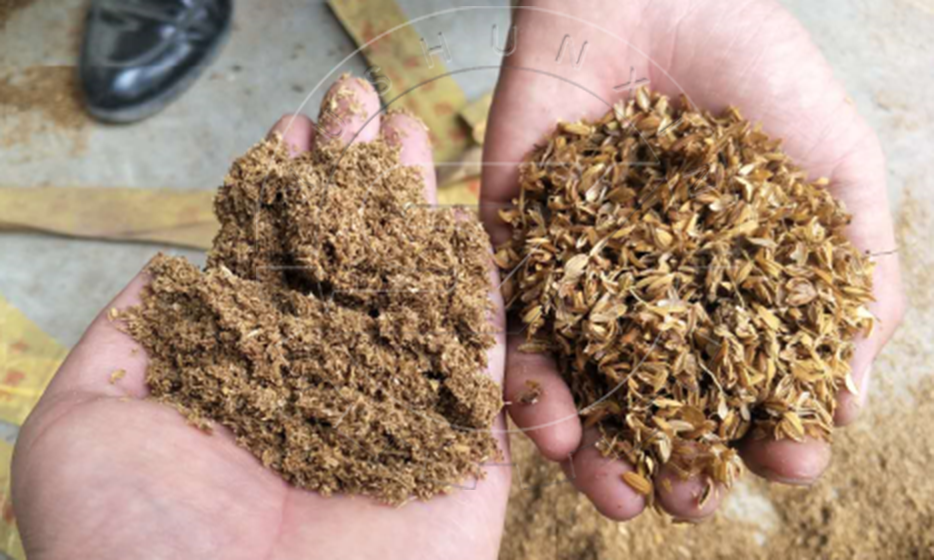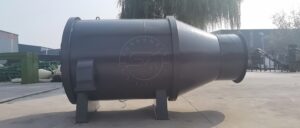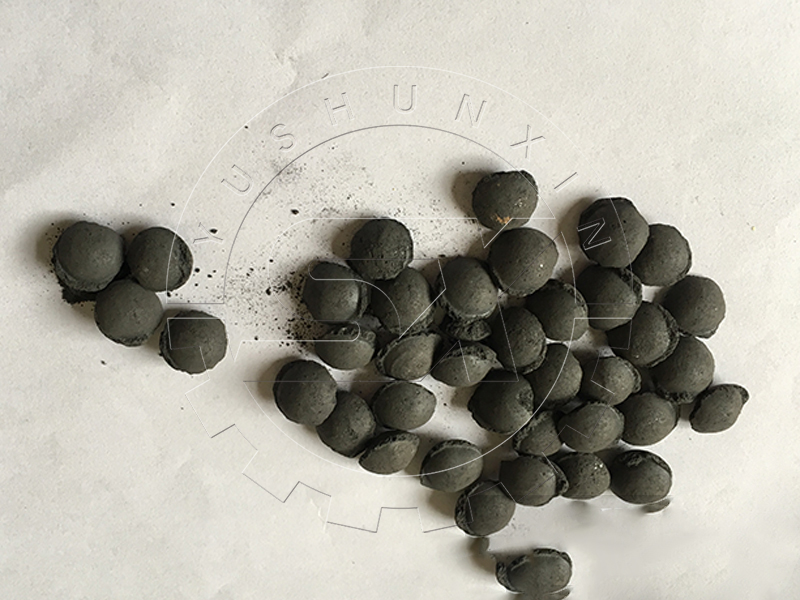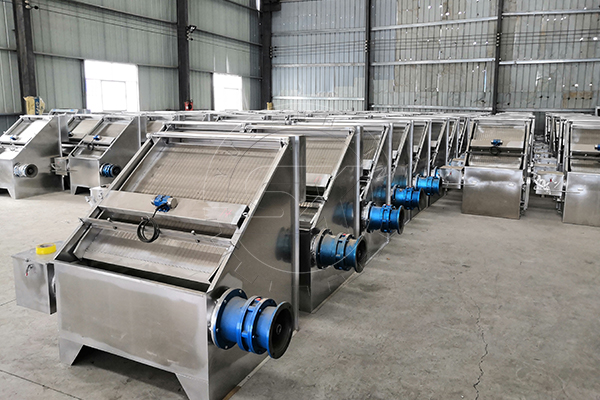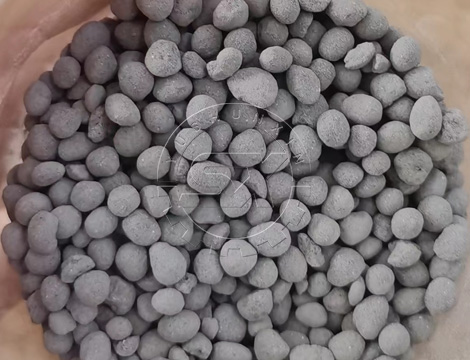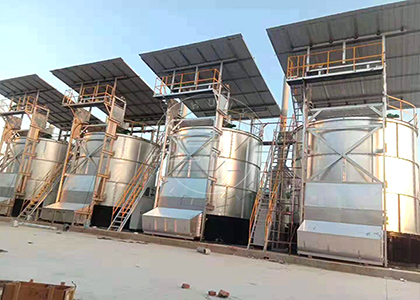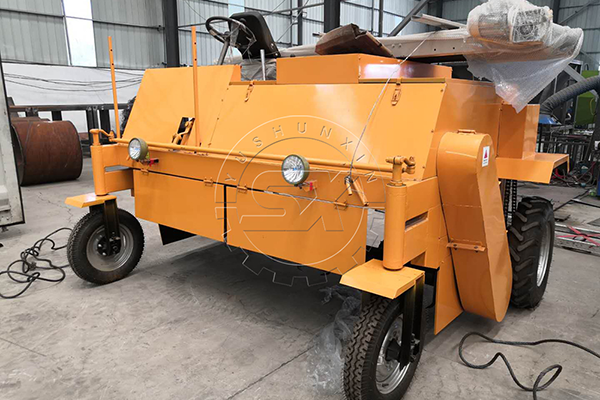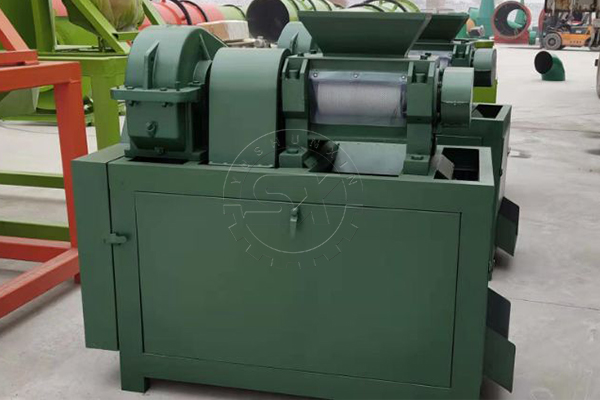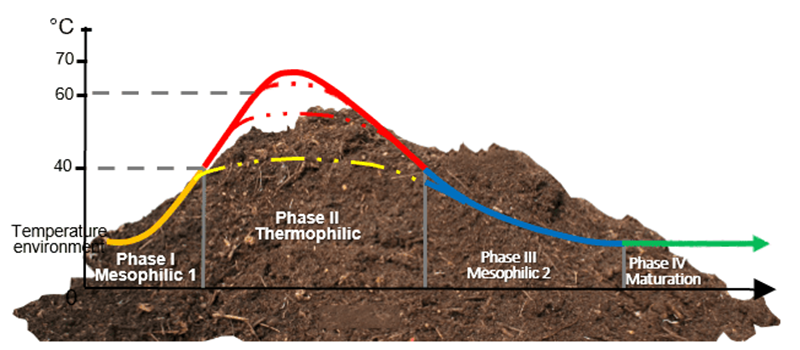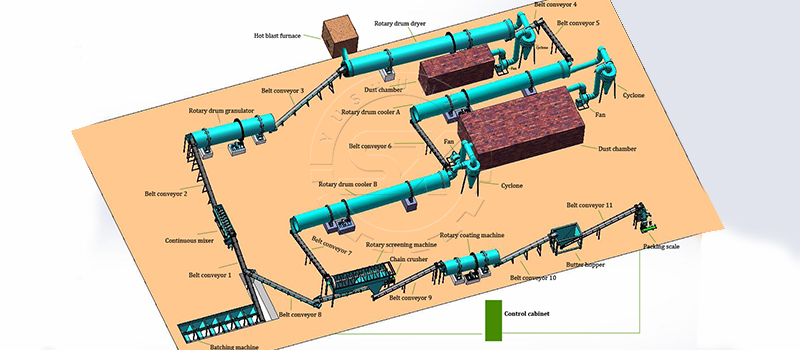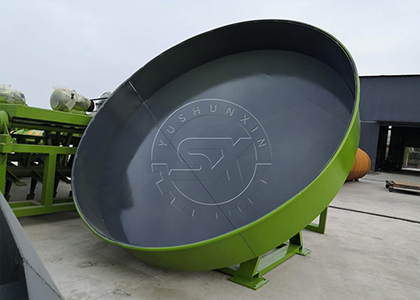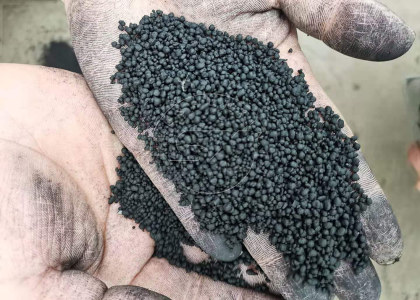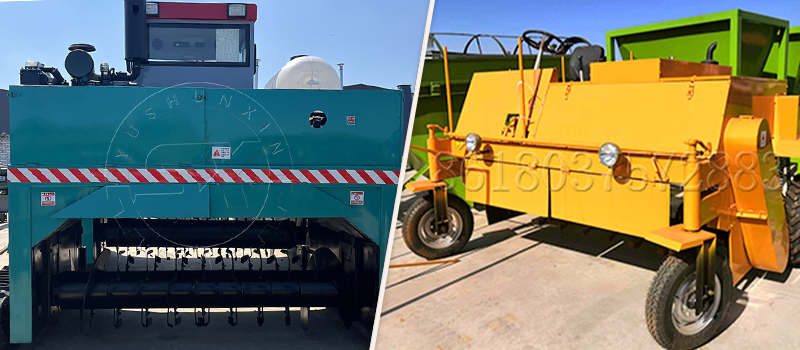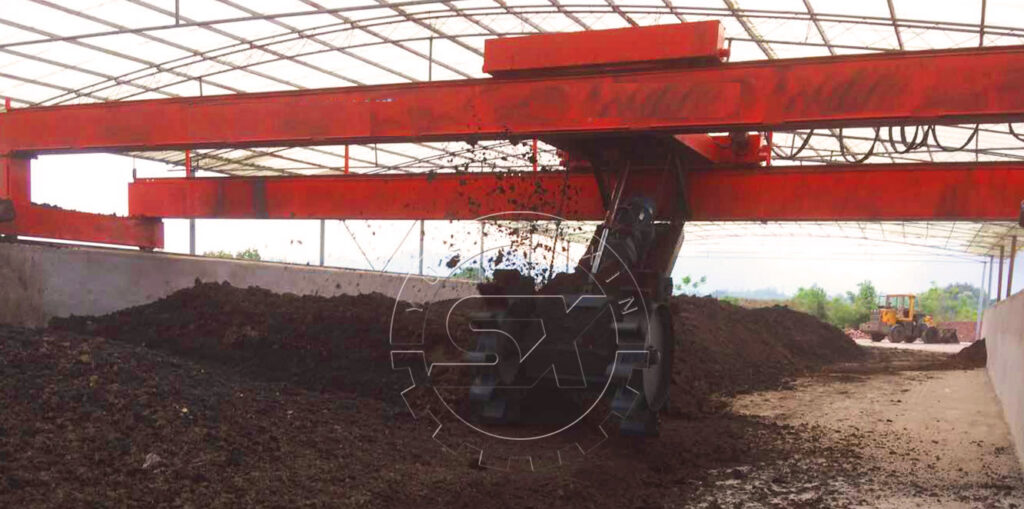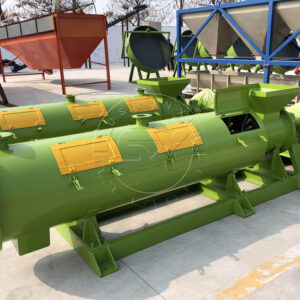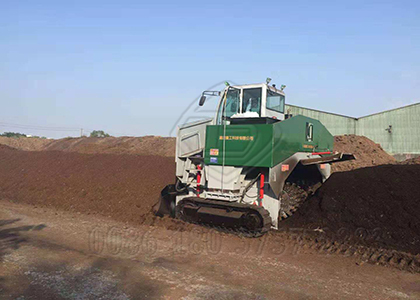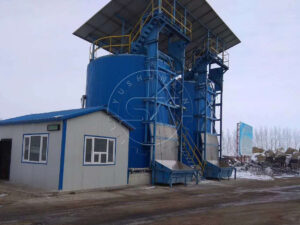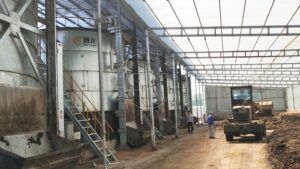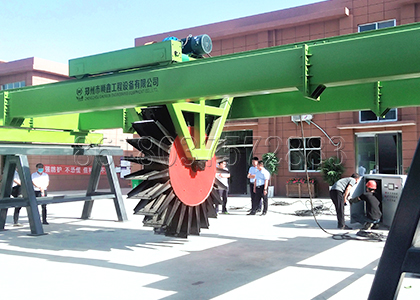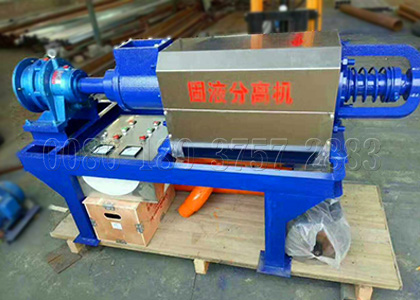With the rising demand for sustainable agriculture, liquid biofertilizer production has become an increasingly attractive investment for both small and industrial-scale producers. A well-structured liquid bio fertilizer manufacturing line not only transforms organic waste into valuable nutrients but also ensures consistent microbial quality, nutrient balance, and cost efficiency.
1. Selecting the Right Raw Materials
The success of a liquid biofertilizer production plant starts with the choice of raw materials. Common inputs include cow dung, biogas slurry, crop residues, and plant-based extracts. These materials contain essential organic carbon and trace nutrients that feed beneficial microorganisms.
For higher nutrient efficiency, many producers blend NPK solutions, amino acids, or humic substances to improve stability and enhance the fertilizing value of the final liquid product.
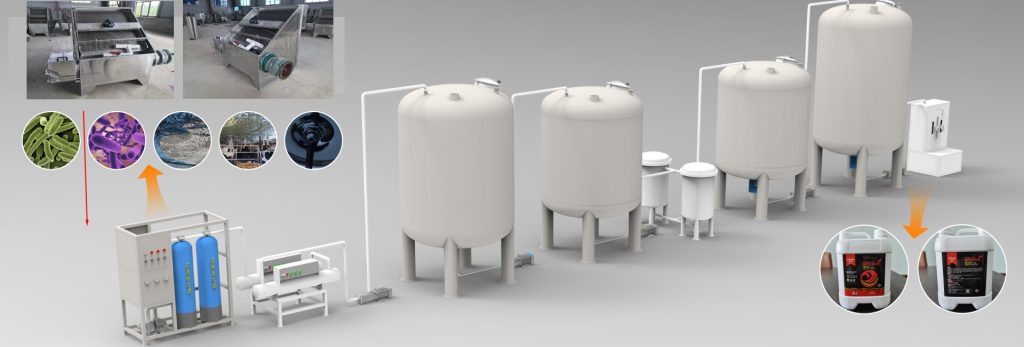
2. Solid-Liquid Separation: The Foundation of Process Stability
Before fermentation, it’s crucial to remove large impurities and undigested solids. A solid-liquid separator ensures that the raw slurry is consistent and suitable for microbial processing.
YUSHUNXIN provides four main types of separators—screw press, inclined screen, rotary drum, and multi-disc dehydrators—each designed for different feed materials and moisture levels. This step not only reduces the load on fermenters but also prevents equipment clogging and uneven fermentation.
3. Controlled Fermentation: The Heart of the Production Line
At the core of every liquid microbial fertilizer manufacturing line lies the fermentation process. During this stage, selected strains such as Rhizobium, Bacillus subtilis, and Azotobacter multiply and produce plant-beneficial metabolites.
The fermentation environment—temperature, aeration, pH, and retention time—determines the activity and stability of microbial populations. YUSHUNXIN’s stainless steel fermentation tanks feature integrated agitation and temperature control systems, ensuring precise fermentation and easy scale-up.
4. Nutrient Blending and Microbial Formulation
After fermentation, the liquid undergoes filtration, sterilization, and formulation adjustment. This is the stage where producers customize nutrient ratios by adding nitrogen, phosphorus, potassium, and trace elements.
Additionally, beneficial microbial agents can be added in controlled quantities to target specific soil or crop conditions. The resulting biofertilizer becomes both nutrient-rich and biologically active—ideal for foliar spraying, fertigation, or seed coating.
5. Packaging and Storage: Maintaining Product Viability
The last stage of a liquid bio fertilizer production system is packaging. Using automatic filling machines and sealed storage tanks, the product is packed to prevent contamination and preserve microbial viability. Proper packaging also improves shelf life and ensures consistent concentration from batch to batch.
6. YUSHUNXIN’s Role in Customized Line Design
Every customer’s production goal is different—some focus on small-scale pilot lines, while others require a fully automated biofertilizer manufacturing plant.
At YUSHUNXIN, we design complete solutions that combine solid-liquid separation, fermentation, nutrient blending, and packaging into a seamless system. By optimizing the layout, automation level, and energy efficiency, we help producers achieve high yield and long-term operational stability. Click here to get more!
Conclusion
Setting up a liquid biofertilizer production line is not just about equipment—it’s about process optimization, microbial control, and product formulation. With the right system design, you can turn organic waste into high-value fertilizer products that meet the growing global demand for sustainable farming. If you are interested, please visit: https://www.liquidfertilizerplants.com/products/liquid-bio-fertilizer-manufacturing-process/






